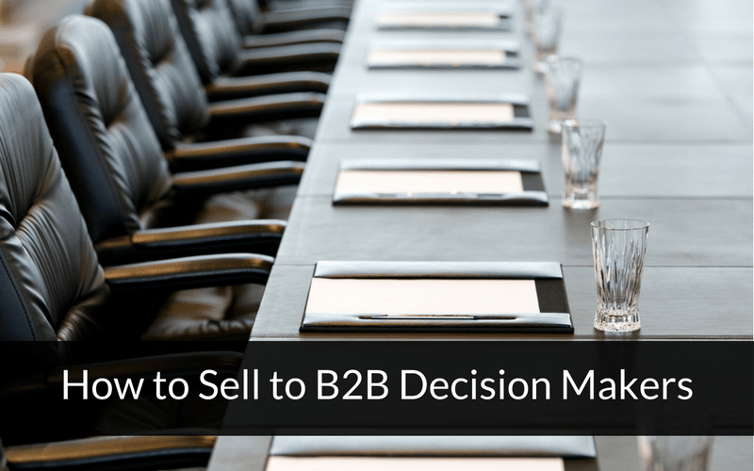
B2B sales typically have long marketing and sales cycles due to the nature of the offering. Today’s buyers will put off talking to a sales representative as long as possible before finally committing to a first meeting.
You need to prepare for that first meeting before a potential customer ever asks for one. That meeting is unlikely to include the final decision makers but use it to lay the groundwork for the sale as though it did.
Know the Business
This sounds obvious, but do you really know what your prospect’s business does? Do you know their processes? Can you identify potential problems before a prospect decides to talk to you?
Two things happen when you do not know the business your prospects are in:
- You look like you don’t know what you’re talking about (because you don’t).
- You waste the prospect’s valuable time.
The buyer is researching you and your competitors. You need to research the industry and the types of businesses it spawns. Ideally, you know this already because you based your solution on a known problem.
Know the Problem(s) Your Offering Solves
This is another one for Captain Obvious, but if you don’t know the problem you are solving, how can you even begin to provide a reasonable solution? Ideally, your product or service was developed with a particular problem in mind, but if it was created because it seemed useful, you need to determine exactly what it is useful for.
Your potential customer is looking for solutions, not products. You should know as much or more about the business and the problem your product solves than the buyer. Listen and ask questions that help you and your prospect identify the problem and how your offering will solve it.
Know the Value of Solving Those Problems
Decision makers think in dollars and cents. They are usually one or more levels above those who will use your offering and will think of the operational impact in financial terms.
Find ways to help your buyers calculate how much a problem is costing the company. How much money is being wasted working around the problem? How much money is being lost to operational problems? How much is being left on the table every day the problem continues?
Determine those numbers and use them to build a business case your buyer can present to the decision makers. Putting the problem into terms of lost money is a sure way to get their attention.
Build Trust
Prospects need to know you are a credible source of information who always follows through on promises. Keep your focus on solving the business problem, not on displaying features or trying to “sell.”
Build your position as a thought leader in the industry through content created for the early stages of the funnel. Build awareness that you and your company are highly knowledgeable about the industry you serve and the problems it faces.
Continue to build trust at every point in the buying cycle by providing the type of information the prospect needs at each stage, in as much detail as possible.
This is no time to try to fake knowledge or shoehorn your solution into a problem it doesn’t really fit. If you know your offering is not right, your potential buyer will have a lot of respect for you if you actually say so.
If you are continuing through the buying process, always follow through on any promises you make. Be available to answer questions and be of assistance. Show the prospect you intend to stick with it until the problem is solved.
Conclusion
Selling to B2B decision makers requires more than an encyclopedic knowledge of your own product. You need a solid foundation in your prospect’s industry, how the business operates, and the ability to see, define, and clarify business problems. Only then can you show the value, in financial terms, of your solution.
Decision makers need to see the numbers. They need to know you understand their business and that they can trust you to provide them with the right solution.
If you have done all this and the decision makers seem to be dragging their feet, you can learn more about how to get the deal moving here.









